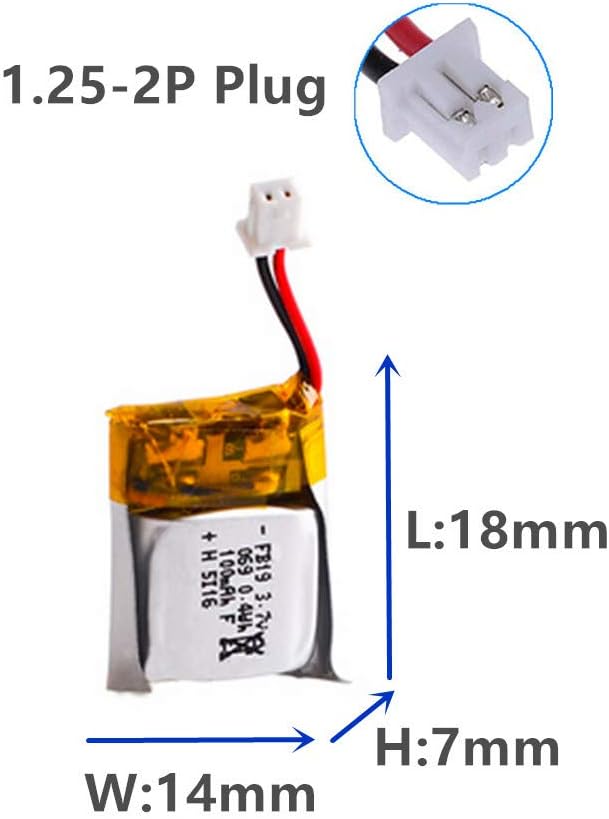bdureau
Well-Known Member
- Joined
- Dec 20, 2011
- Messages
- 539
- Reaction score
- 246
Hi All
The other day I was looking at making a simple altimeter with a display similar to the Joly Logic or Estes one so I looked around and bought a TTGO board.
TTGO seams to be very easy to integrate in a 3D printed case they are numbers odf example on Thingiverse
https://www.thingiverse.com/search?q=TTGO&page=1
Anyway I built a quick prototype with a barometer, accelerometer and eeprom. Within minutes I was able to run some simple code to display the current altitude and acceleration. Next I will make some nice menu and graphs to save the flights. I will also do a pcb that fits under the TTGO board. The battery can be charged up with a USB cable. I am currently testing the sleep mode of the ESP32 so that I can turn it off without adding a switch. Should be a fun project. I will make the code available OpenSource on my GitHub
https://github.com/bdureau

The other day I was looking at making a simple altimeter with a display similar to the Joly Logic or Estes one so I looked around and bought a TTGO board.
TTGO seams to be very easy to integrate in a 3D printed case they are numbers odf example on Thingiverse
https://www.thingiverse.com/search?q=TTGO&page=1
Anyway I built a quick prototype with a barometer, accelerometer and eeprom. Within minutes I was able to run some simple code to display the current altitude and acceleration. Next I will make some nice menu and graphs to save the flights. I will also do a pcb that fits under the TTGO board. The battery can be charged up with a USB cable. I am currently testing the sleep mode of the ESP32 so that I can turn it off without adding a switch. Should be a fun project. I will make the code available OpenSource on my GitHub
https://github.com/bdureau























